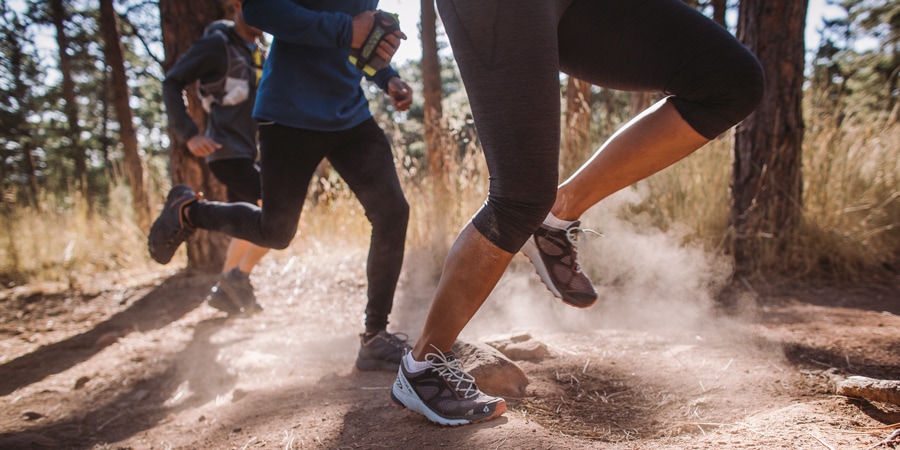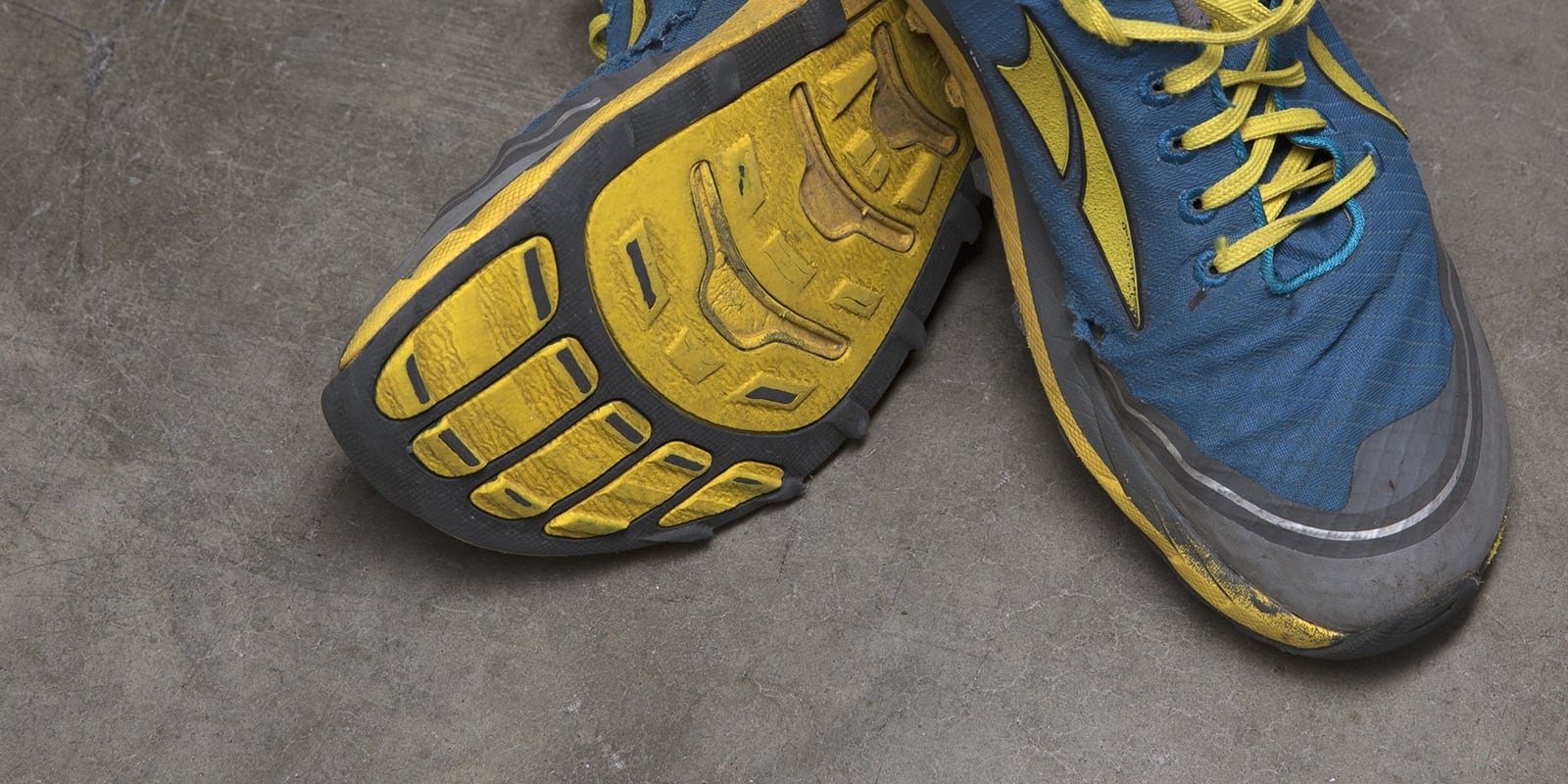Your trusty pair of running shoes have been there for you through all the happy miles, and the hard ones, too, which can make parting ways tough. But eventually the day will come when your shoes will have reached their ultimate finish line; knowing when to set them aside and lace up a new pair is important to your running performance and comfort.
You should generally replace your running shoes every 300-500 miles. That's because it's around this point that the midsole cushioning on most shoes will lose resiliency and stop absorbing shock as well as when newer, which can cause more impact on your muscles and joints. This means that if you average 15 miles of running per week, then you'll need to replace your shoes approximately every five to eight months. (If you track your runs with a GPS watch or your smartphone, it's simple to figure out when you're in the 300-500-mile range; otherwise you can estimate based on roughly how much you run each week.)
Here are additional factors that affect when to replace your running shoes:
- Minimalist shoes have less cushioning, so expect them to be done around 300 miles.
- Traditional running shoes and maximum cushioning shoes tend to last until around the 500-mile mark.
- Heavier people will get fewer miles than lighter people, regardless of shoe type.
- If you wear your running shoes casually, those miles also count toward the total.
- Dirt on your shoes is no big deal, but if you see significant wear and tear, it may be time to retire your shoes. Keep an eye out for heel damage, worn soles and rips and tears.
- If you notice new discomfort in your feet, legs, knees, hips or back after running, it may be time for a new pair of shoes. The same is true if you're getting blisters or feeling hot spots where you never used to.
Tips for Extending the Life of Your Running Shoes

To keep your shoes going strong for as long as possible, try these tips:
- Rotate two pairs of shoes: The benefit is greater if you use different shoes because your body gains a slight cross-training advantage as it adapts to subtle differences in shoe design. Shoe rotation also gives midsoles time to decompress and the entire shoe time to dry out.
- Remove your shoes properly: Using the other foot to rake down on the back of the heel to pry off a shoe is bad form. Unlace each one instead and slip it off with your hands. Your shoes will thank you by serving you longer.
- Use your shoes only for running: Wearing running shoes around the house or town might make you feel empowered (and comfortable), but it will also prematurely wear your shoes down. They were born to run—not run errands.

